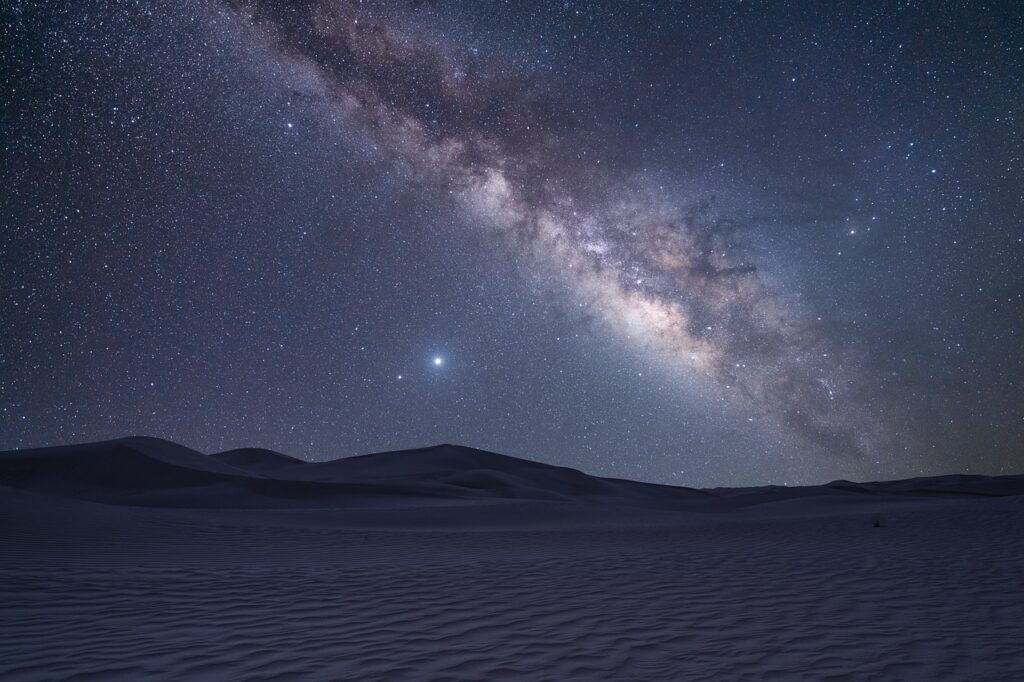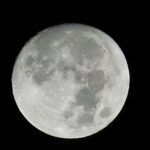Imagine a world where the night sky comes alive with the celestial splendor of the Milky Way, revealing a stunning tapestry of stars, gas clouds, and dust lanes. For many people, this experience remains elusive due to light pollution. However, those who venture to pristine locations like Kornati National Park can witness our galaxy’s beauty. This beginner guide to Milky Way stargazing will unlock the secrets of our home galaxy and provide you with the tools and knowledge you need to embark on your cosmic journey. So, let’s dive in and explore the wonders of the Milky Way!
Content
Best Places for Milky Way Stargazing
Best Times for Milky Way Stargazing
Preparing for Your Stargazing Adventure
Tips and Tricks for Milky Way Stargazing
What is the Milky Way?
Before diving into the Milky Way Stargazing Guide, it’s essential to understand what Milky Way is and why it’s so significant to astronomers and stargazers alike. In this section, we’ll introduce you to our home galaxy, the Milky Way, and its incredible features, shedding light on its composition, structure, and importance in the grand cosmic scheme.

The Milky Way is a barred spiral galaxy that contains our Solar System and is home to billions of stars, planets, and other celestial objects.
It is part of a larger collection of galaxies known as the Local Group, which also includes the Andromeda Galaxy and other smaller galaxies. The Milky Way has a diameter of about 100,000 light-years and consists of a central bar-shaped structure surrounded by a disk containing spiral arms.
One of the most distinctive features of the Milky Way is the band of light that stretches across the night sky when viewed from Earth. This band results from the combined light of countless stars along the plane of our galaxy, making it appear as a glowing, milky-white pathway.
The name “Milky Way” is derived from its appearance, with the term originating from the Latin “Via Lactea,” which translates to “Milky Road” or “Milky Path.”
In addition to stars, the Milky Way also contains vast amounts of gas, dust, and dark matter. These components are essential for the formation of new stars and the overall structure of the galaxy. The study of the Milky Way helps astronomers better understand the formation, evolution, and eventual fate of galaxies across the universe.
Best Places for Milky Way Stargazing
To view the Milky Way, you must find a location with minimal light pollution, a clear horizon view, and good weather conditions. Some of the best places include:
- National Parks: National Parks with dark skies are ideal locations for stargazing the Milky Way. Some popular sites for stargazing include National park Kornati in Croatia as well.
- Rural Areas: Rural areas with low population density and minimal light pollution are great places for stargazing.
- Mountains: High-altitude locations with clear skies and minimal light pollution, such as mountain tops or observatories, offer an ideal setting for Milky Way stargazing.
Best Times for Milky Way Stargazing
The Milky Way can be seen year-round, but the best times to view it are during the summer months, from June to September. Then it is most visible. The best time of night is when the sky is darkest, usually between 10 p.m. and 2 a.m.
Preparing for Your Stargazing Adventure
Before embarking on your adventure, it’s essential to consider certain factors that can help ensure a successful and enjoyable experience:
- Check the weather forecast and choose a clear night with minimal cloud cover.
- Dress appropriately for the weather conditions and bring warm clothing.
- Use a red light flashlight or headlamp to preserve your night vision and avoid disturbing other stargazers.
- Bring a comfortable chair or blanket to sit on and snacks and water to stay hydrated.
- It would be best if you took a tripod camera to capture breathtaking Milky Way pictures.
Tips and Tricks for Milky Way Stargazing
To fully appreciate the beauty of the Milky Way, it’s essential to know some tips and tricks for stargazing. Whether you’re a seasoned astronomer or a beginner, specific techniques can enhance your stargazing experience and help you fully appreciate the beauty of the night sky, such as:
- Use a star chart or app to locate the Milky Way and identify constellations.
- Use a pair of binoculars or a telescope to enhance your stargazing experience.
- Take breaks to let your eyes adjust to the darkness and fully appreciate the beauty of the Milky Way.
- Be patient and enjoy the stargazing experience, as the Milky Way may take time to reveal itself in the night sky fully.
Milky Way stargazing is a breathtaking experience that everyone should have the opportunity to enjoy. By finding the best places and times to view the Milky Way, and using some tips and tricks to enhance your experience, you can create an unforgettable stargazing adventure that will stay with you forever. So, grab your telescope, head out to a dark location, and immerse yourself in the beauty of the Milky Way.




